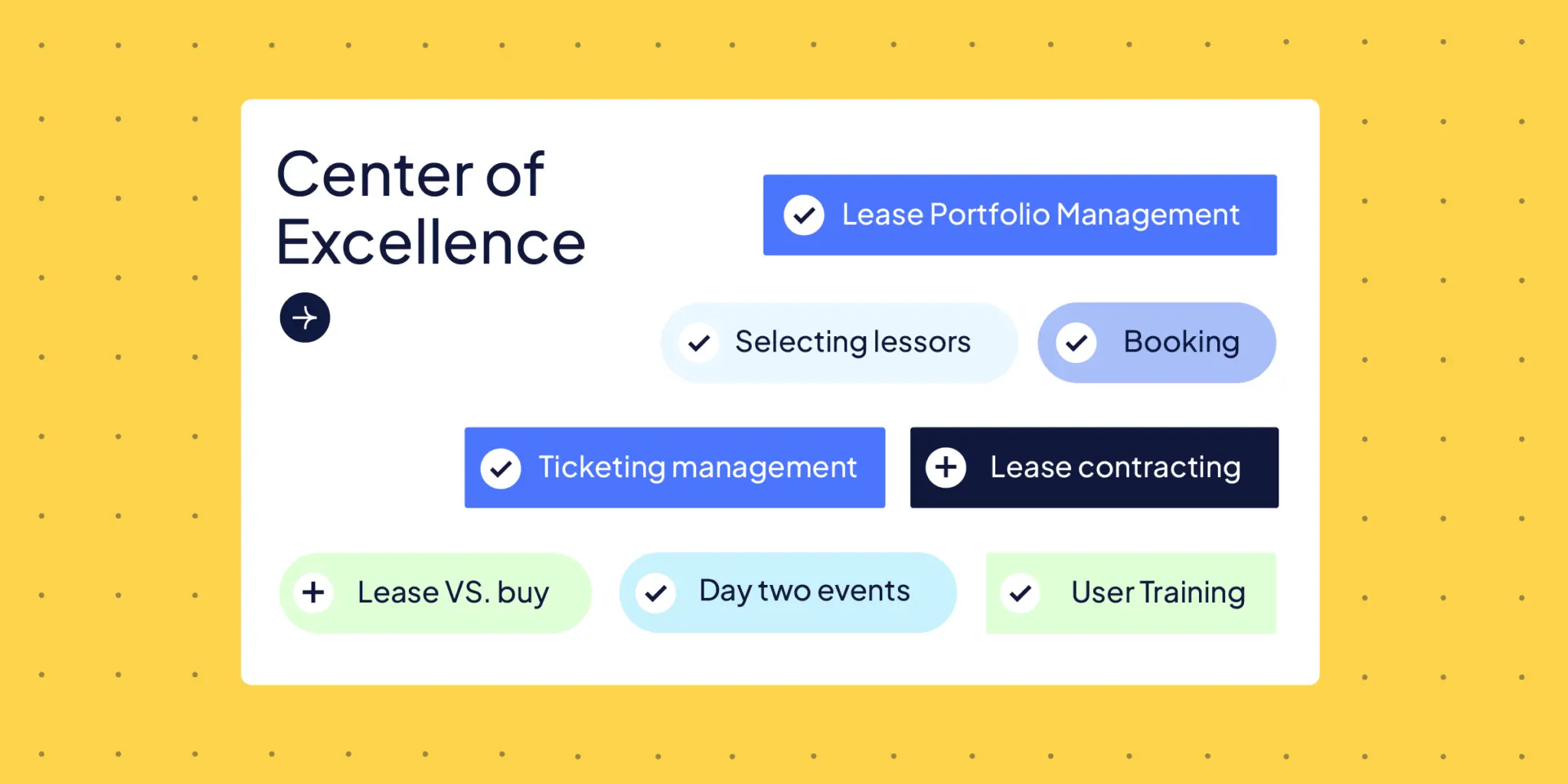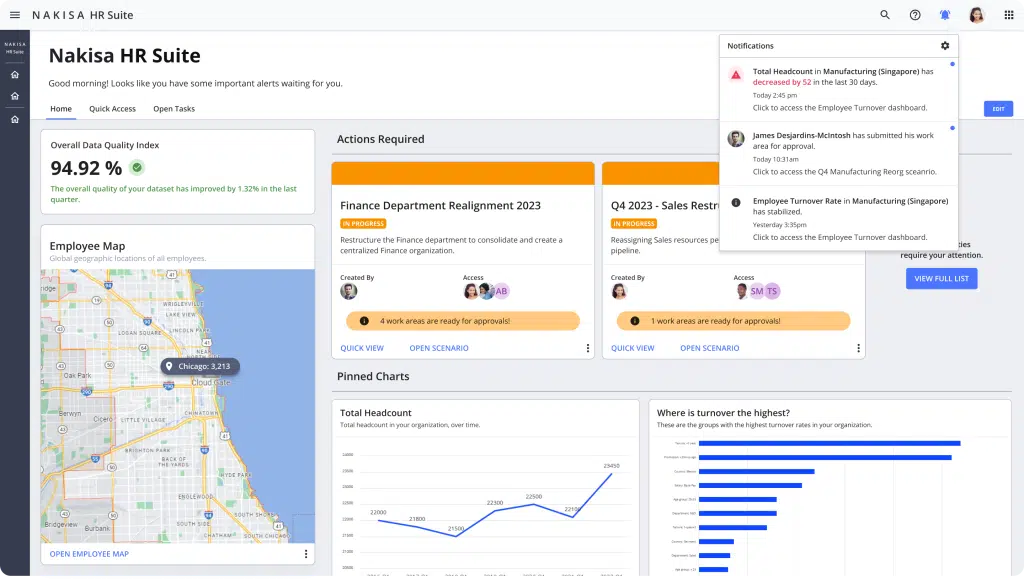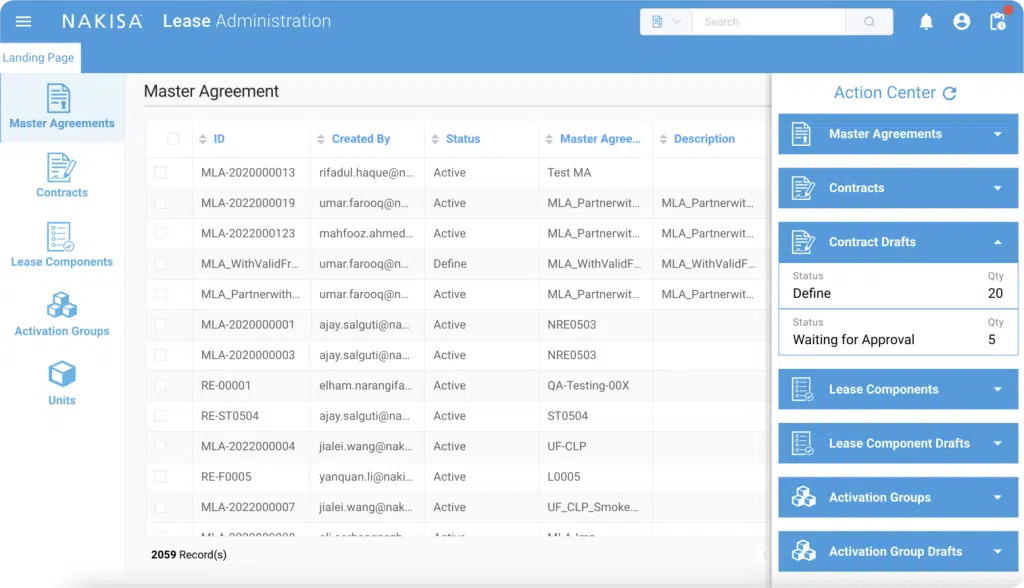Writer: Ali Sangari
What makes a good leader? Some might say a leader is someone who can inspire people through vision. Others prefer a more autocratic approach: the boss is the boss, full stop. But the reality is that no one approach fits every situation. To be effective, leaders must choose the right leadership style for the task at hand.
Leaders and their organizations must deal with a constant stream of challenges and problems. As a leader, how would you identify the right approach to leadership style in order to face these challenges? How would you avoid becoming a reactive firefighter—and instead stay focused on your vision while remaining sufficiently agile and responsive to the situation at hand?
The tools you need to choose which fires to fight
The very essence of leadership is being able to execute your organization’s vision and strategy. But how? It helps to first break down the organization to its elements and make sure each one is aligned with the key capabilities that the organization needs in order to compete successfully.
Here are the main elements of an organization:
- People practices
These are various processes that are orchestrated throughout the employee life cycle such as recruiting, training and onboarding, talent pools, and leader development practices. - Structure
This is the skeleton of the organization. It shows how work is organized and is meant to be performed. Organization structure is not synonymous with organization design, but it is an integral part of it. - Culture
Culture is how employees know what is expected from them by the management. It is usually an inseparable and unidentifiable part of employees’ workday and can only be observed by outside eyes. - Systems
This is how the organization regulates processes through measurement and control.
The specific configuration of these four elements is referred to as organization architecture or organization design.
An athlete’s performance depends on training and coordination. Every muscle plays a role. In a similar way, organizations must align and coordinate each of their elements and key capabilities to achieve and maintain a competitive edge.
Alignment between an organization’s main elements and its key capabilities to achieve its strategic objectives is called organizational alignment.
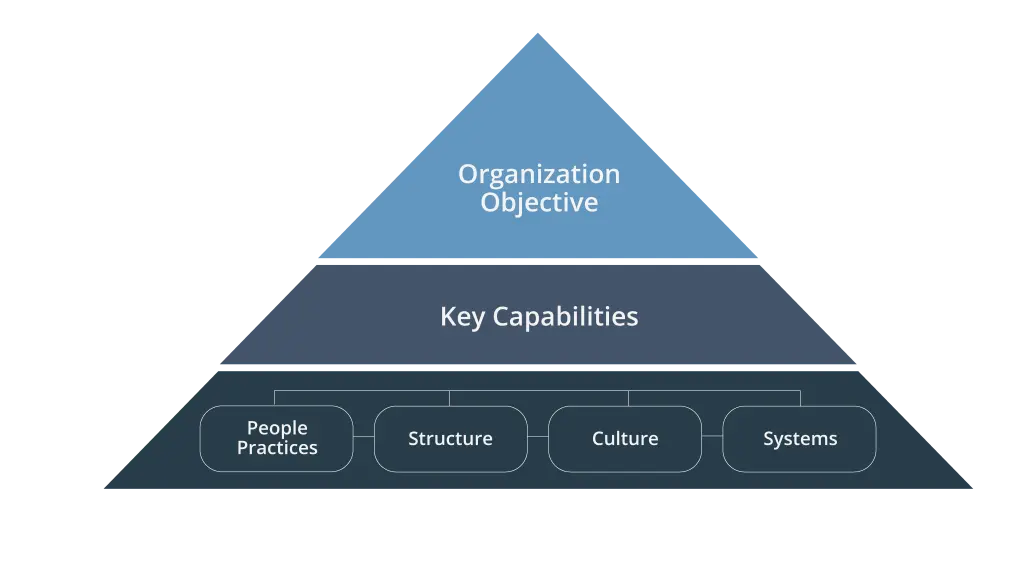
Figure 1. Organization elements, if aligned, support the organization’s key capabilities, and together they achieve the organization’s objectives.
There are two main steps to organizational alignment:
- Assess or diagnose to what extent your organization is primed to successfully execute its strategy.
- Develop a change plan to overcome any organization misalignment issues and develop any key capabilities that your organization needs in order to succeed.
To set or confirm direction for your company or organization, leadership must revisit its vision—or create one—and then it must develop a strategy to realize that vision.
These are the questions that need to be considered when developing a strategy:
- What business are you in?
- What customer segment are you targeting?
- What are your differentiators that set you apart from the competition?
- What must you do to excel in our industry in the long run?
The answer to these questions will you help identify your key capabilities.
The key capabilities that give you a competitive edge
It’s extremely important to clearly define your key capabilities composed of unique sets of skills and assets. Here’s how it impacts your organization:
- Competitive advantage: Key capabilities are essential to realizing sustainable competitive advantage because they can be difficult to copy.
- Focus for organization: Key capabilities help focus the organization by clearly defining what it needs to succeed.
- Focus for leadership: Key capabilities make sure leaders are able to decide which issues are most important. These are questions that have a direct impact on an organization’s ability to achieve its goals.
There are several ways to identify an organization’s key capabilities. The most effective approach is to combine these methods in a process known as triangulation. Here’s what those methods are:
The checklist method
This refers to reviewing a previously compiled generic list of core capabilities and selecting a few capabilities that reflect your core business. Based on a study done by Chris Zook, the optimal number of key capabilities is five to 10.
Zook’s checklist (Bain and Company) and Smallwood and Ulrich’s checklist (published in Harvard Business Review) are two that are widely used.
Conceptual frameworks
Michael Porter’s Activity Map and Value Chain are widely used conceptual frameworks. The Activity Map and Strategy Map are very similar concepts put forward by Porter that chart out the values, assets, and capabilities of an organization to show the interdependency between different elements that are or are expected to contribute significantly to the organization’s growth.
Porter’s Value Chain is a framework that enables an organization to increase its profit margin by identifying its primary and supporting activities, and sub-activities, in order to produce goods and services at reduced cost to add value to the organization. Choose value-adding activities that are key to your success: these are your key capabilities.
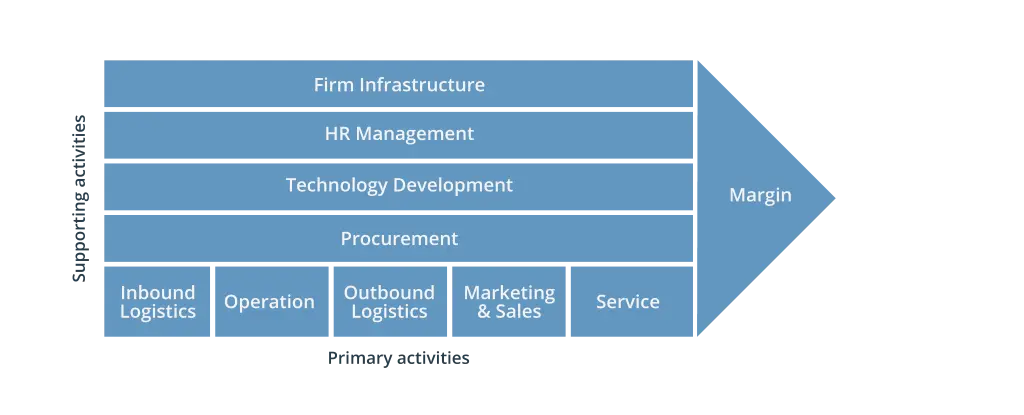
Figure 2. Porter’s Value Chain is a framework used to identify value-generating activities, and the activities that support them, such as HR management and IT.
Good business sense
Take a step back and see what your organization needs to be successful. Ask yourself:
- What am I trying to achieve by applying the conceptual framework or the checklist?
- What do I think the outcome is likely to be? What is most important to get right?
Use this step, the business sense, to validate the outcome of the other two steps. Remember, if you are coming up with too many key capabilities, you are probably not doing this right. Organization alignment is a strategic component of organization design and organization change management. To kickstart any transformation project, make sure you know how to equip yourself with the right technology to set yourself up for success. Contact us today to learn about how org design with Nakisa HR Suite (formerly Hanelly) can help you design your future workforce to achieve your strategic objectives.


